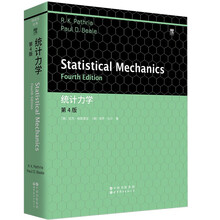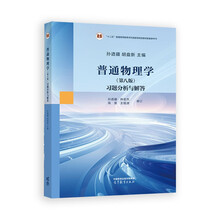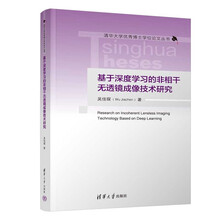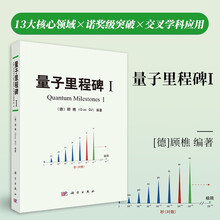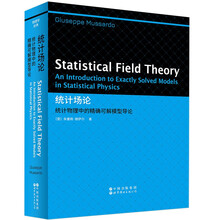Preface
Acknowledgements
Author biography
Units and conventions
l Path integral formulation of quantum mechanics
1.1 The transition probability amplitude
1.2 Derivation of the quantum mechanical path integral
1.3 Path integral in terms of the Lagrangian
1.3.1 Summary
1.3.2 Caveats and clarmcatiOns
1.4 Computing simple path integrals
1.4.1 Free particle in the path integral formalism
1.4.2 Quantum harmonic oscillator in the path integral formalism
1.4.3 Path integral for deviations from the classical solution
1.4.4 Connection to our usual understanding of the quantum harmonic oscillator
1.4.5 Generalization to an arbitrary potential and the WKB approximation
1.5 Calculating time—ordered expectation values
1.6 Adding sources
1.7 Asymptotic states and vacuum---vacuum transitions
1.8 Generating functional and Green’S function for quadratic theories
1.8.1 Quantum harmonic oscillator
1.9 Euclidean path integral and the statistical mechanics partition function
1.9.1 Connection to statistical mechanics
References
2 Path integrals for scalar fields
2.1 Generating functional for a free real scalar field
2.2 Interacting real scalar field theory
2.2.1 Perturbative expansion ofλφ4
2.2.2 The two—point function
2.23 The four—point function
2.3 Generating functional for connected diagrams
2.4 The sell:energy
2.5 The effective action and vertex functions
2.6 Generating function for one—particle irreducible graphs
2.6.1 Scalar Schwinger—Dyson equation
2.7 Interacting complex scalar fields
References
3 Path integrals for fermionic fields
3.1 Finite—dimensional Grassmann algebra
3.1.1 Derivatives of Grassmann variables
3.1.2 Integrals over Grassmann variables
3.1.3 Gaussian integrals of Grassmann variables
3.1.4 Infinite—dimensional Grassmann algebra
3.2 Path integral for a free Dirac field
3.3 Path integral for an interacting Dirac field
3.4 Fermion loops
4 Path integrals for abelian gauge fields
4.1 Free abelian gauge theory
4.2 The photon propagator
4.3 Generating functional for abelian gauge fields in general Lorenz gauge
4.3.1 Faddeev-Popov gauge fixing preview
4.4 Generating functional for QED in general Lorenz gauge
4.5 General Lorenz—gauge QED generating functional to O(e2)
4.6 QED effective action and vertex functions
4.7 Ward—Takahashi identities
4.7.1 Relation between the electron—photon vertex and inverse electron propagator
4.7.2 Electron self-energy and the sub—leading vertex
4.7.3 Extension to higher orders
4.7.4 Implications for renormalization
5 Groups and Lie groups
5.1 Group theory basics
5.1.1 Subgroups
5.1.2 The group center
5.2 Examples
5.2.1 Finite groups
5.2.2 Infinite discrete groups
5.2.3 ContinuouS compact groups
5.3 RepresentatiOns of groups
5.3.1 Equivalent representations
5.3.2 Reducible and irreducible representations
5.3.3 Product representations
5.4 The group U(1)
5.5 The group SU(2)
5.6 The group SU(3)
5.6.1 Quadratic Casimir invariants
5.6.2 Cartan sub—algebra and ladder operators
5.6.3 Irreducible representations
5.6.4 The singlet—D00
5.6 5 The triplet and anti.triplet—D10and D01
5.6.6 Higher dimensional representations
5.6.7 Product representations
S.7 The group su(N)
5.8 The Haar measure
5.8.1 General method for constructing invariant Haar measures
5.8.2 Haar measure example—SU(2)
References
6 Path integral formulation of quantum chromodynamics
6.1 The Fadeev—Popov method
6.1.1 General Lorenz gauge
6.1.2 Summary
6.2 QCD Feynman rules
6.2.1 Bare quark propagator
6.2.2 Bare gluon propagator
6.2.3 Bare ghost propagator
6.2.4 Quark-gluon vertex
6.2.5 Gluon s
展开

